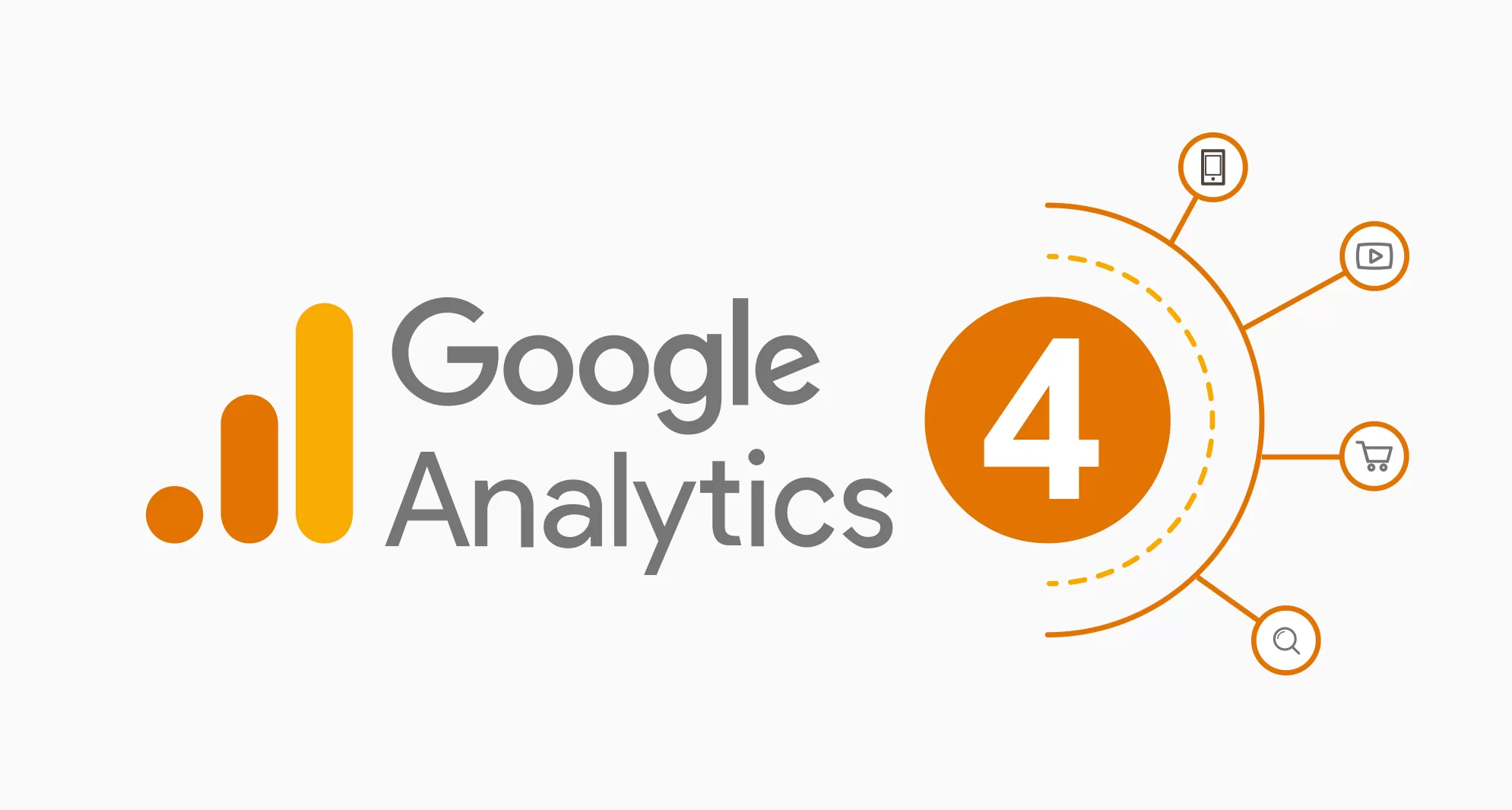It makes sense that many are anxious about the release of Google Analytics 4. Utilizing its enhanced powers requires learning new techniques and shifting one’s perspective on familiar concepts. We’re prepared to assist. A multi-part guide on using GA4 has been created by us.
The primary distinction between GA4 and Universal Analytics is that GA4 focuses on various types of events rather than page views.
When Universal Analytics originally debuted, many years ago, it was all about how many people visited a page and when they left it. Although we had our bounce rate, the analytics system was never event-focused.
Any interaction with a website or app is treated as an event in GA4. Events include user clicks, page views, purchases, searches, and requests; events can all be tracked. Something UA was unable to do.
Three views of success
In light of this, it’s crucial to consider how we define and perceive success. First, respond to the following questions:

When using GA4, you must be extremely structured and start out with a clear understanding of your goals. If you’re not, it will swiftly irritate and frustrate you. You may choose what to track after you understand what success is.
What exactly does that mean in real life?
Let’s reconsider what a success metric is because we’re used to thinking of them in a certain way. I want to know how many people visit the website.A client will always respond when you ask what information they need from their website.
“Google Analytics is the best friend of all Digital Marketers as it dictates the decision making and success of every websites.”
Dr. Chris Dayagdag
GA4 provides actionable data
That figure is a poor indicator of success. A strategy cannot be based on that. One can be created based on how many users interact with the website. These are the visitors who browse images, read articles, check through the inventory, sign up for newsletters, and other similar activities. These are trackable metrics that offer useful information.
One more illustration comes from content marketing. A client may request information about the readership of a blog. How many visitors visited the page and how long they remained is the benchmark metric. That metric is flimsy and deceptive.


The number of users that are scrolling all the way down the page is a better metric.
We are aware that people are reading, but we can track the readability by how far down they will scroll, and that will be our success statistic.
GA4 users should consider what’s that concrete engagement, user-interaction statistic that we can trace back to success. The current focus of what we do is on interactivity and personalized encounters.


